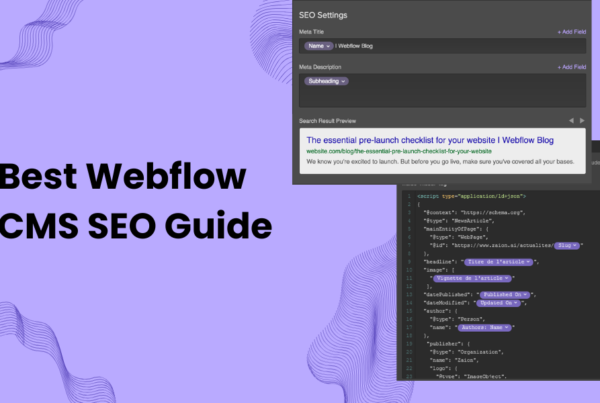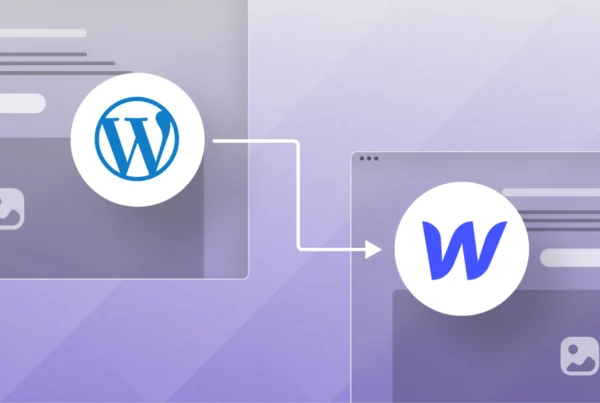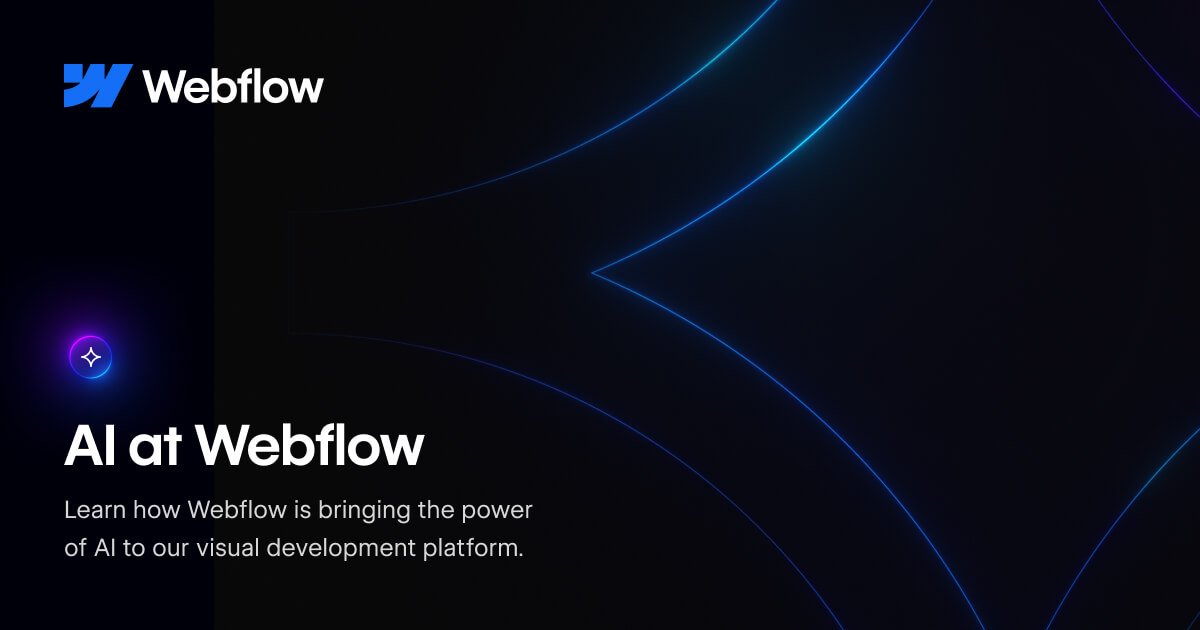
Artificial intelligence is revolutionizing web development, and Webflow is at the forefront of this transformation. Integrating AI with Webflow enables designers and developers to create smarter, more efficient websites while automating repetitive tasks and enhancing user experiences. This comprehensive guide explores how to leverage AI tools and techniques to supercharge your Webflow projects.
What is AI-Powered Webflow Integration?
AI-powered Webflow integration combines artificial intelligence technologies with Webflow’s visual web development platform to create intelligent, automated workflows. This integration encompasses machine learning algorithms, natural language processing, and automation tools that work seamlessly with Webflow’s CMS, design system, and hosting infrastructure.
Key Benefits of AI Integration
- Automated Content Generation: Create SEO-optimized content at scale
- Intelligent Design Assistance: Get AI-powered layout and styling suggestions
- Enhanced User Experience: Implement personalization and dynamic content
- Streamlined Workflows: Automate repetitive tasks and optimize development time
- Advanced SEO Optimization: Leverage AI for keyword research and content optimization
Understanding Webflow and the Role of AI
Before diving into the specific ways AI is transforming Webflow, let’s first understand what Webflow is and why it’s such a powerful tool for web design.
What is Webflow?
Webflow is a leading web design tool that combines the flexibility of a design tool with the power of a content management system (CMS). It allows users to design, build, and launch responsive websites without needing to write extensive code or have extensive coding knowledge. With Webflow, users can design websites visually, making it an accessible tool for both designers and developers.
Integrating AI with Webflow
1. AI-Powered Plugins and Integrations
Webflow already supports integrations with third-party tools through its API and a variety of plugins. In the future, we can expect to see an increase in AI-powered plugins designed specifically for Webflow users. These could include:
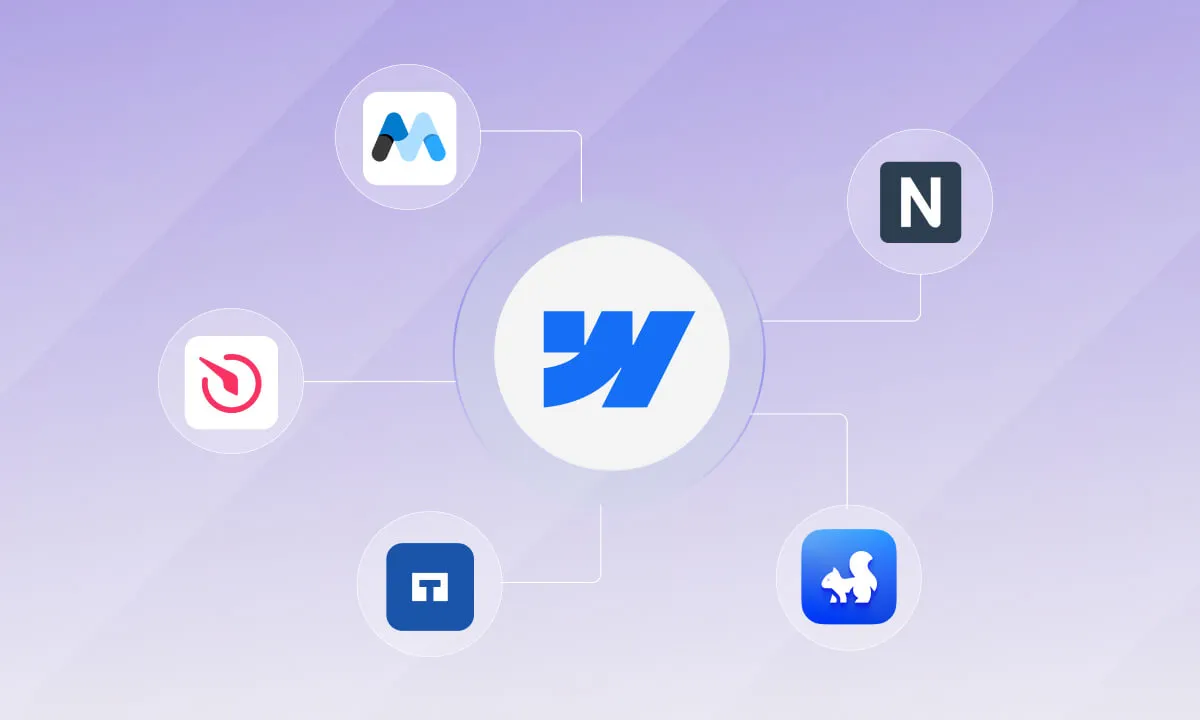
- AI content generators that automatically create text based on topics or keywords.
- Image optimization tools that use AI to automatically resize and enhance images based on the device or browser.
- AI design assistants that recommend layout and styling improvements.
- AI-driven analytics platforms that provide real-time data about website performance and user behavior.
For instance:
- Chatbots: Integrating AI chatbots like Drift, Intercom, or ChatGPT can improve customer service by providing instant responses to user inquiries.
- Recommendation Engines: These tools analyze user behavior to suggest products or content tailored to individual preferences.
2. Custom Code Implementation
For developers familiar with JavaScript or other programming languages, integrating custom AI solutions directly into Webflow projects is feasible.
- Using APIs from machine learning platforms like TensorFlow or OpenAI to implement specific functionalities such as image recognition or predictive analytics.
- Creating scripts that automate repetitive tasks within the Webflow environment.
3. Leveraging No-Code AI Solutions
With no-code platforms becoming more popular, many companies are now creating AI-powered solutions tailored for platforms like Webflow. These tools empower non-technical users to easily integrate AI into their workflows. By 2025, no-code AI development platforms will make it simpler than ever to build customized, AI-driven features without writing a single line of code.
4. Streamlining Content Management
AI-driven content management systems (CMS) are transforming how teams organize and optimize website content in Webflow.
- Automated tagging and categorization help keep images, articles, and pages organized within the CMS.
- Predictive analytics offer data-driven insights, helping you publish content that’s most likely to perform well based on historical trends.
5. Enhancing SEO Strategies
SEO continues to be a cornerstone of web development in 2025. AI-powered tools integrated with Webflow can analyze keyword performance, monitor competitors, and suggest new opportunities. Platforms like Clearscope and MarketMuse use machine learning to recommend the best keywords and content topics, ensuring your site stays aligned with the latest search trends.
Implementing AI Automation in Webflow
1. Content Management Automation
- Use AI to generate product descriptions automatically
- Implement dynamic content updates based on user behavior
- Automate blog post creation and publishing schedules
- Create personalized landing pages at scale
2. SEO and Performance Optimization
- Automate meta tag generation for all pages
- Implement AI-powered keyword optimization
- Generate schema markup automatically
- Optimize images and alt text using machine learning
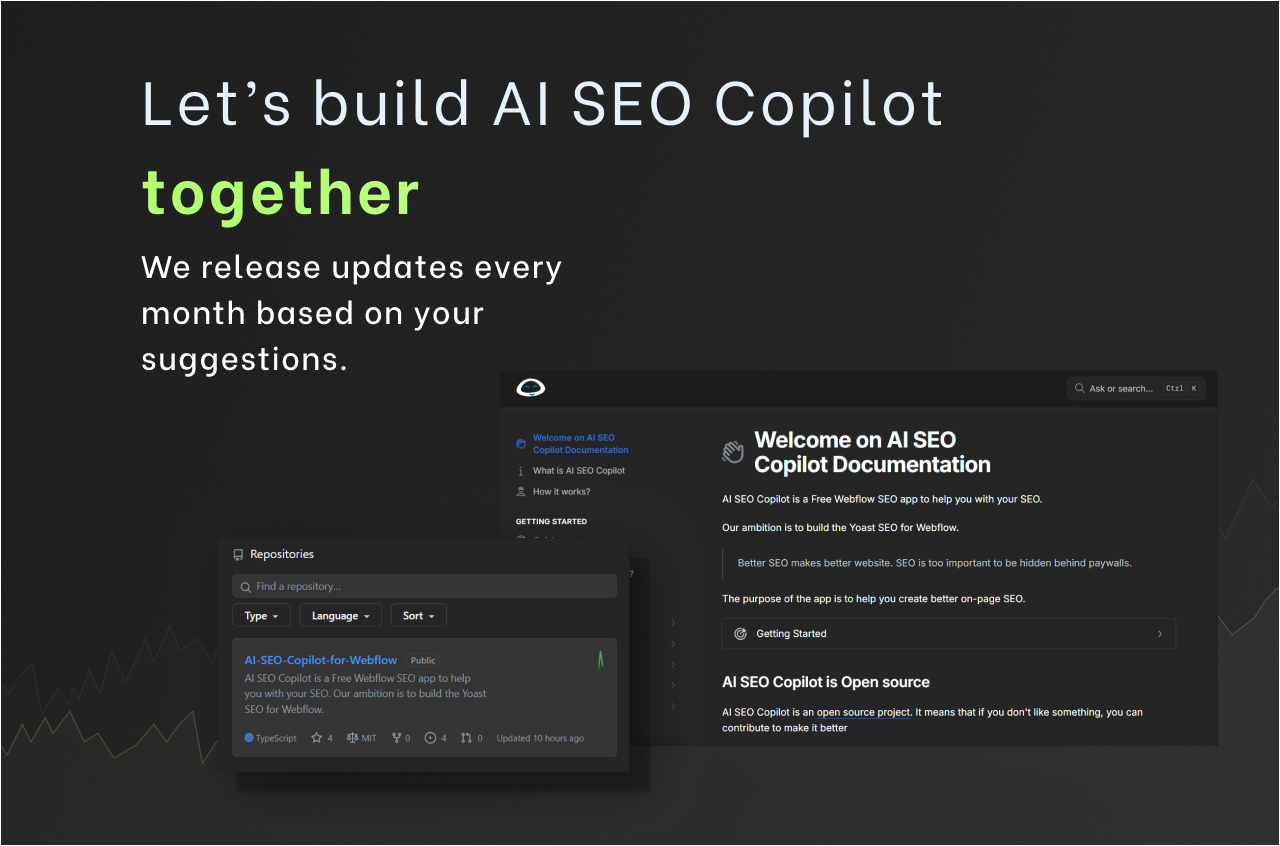
3. User Experience Enhancement
- Deploy AI chatbots for customer support
- Implement personalized content recommendations
- Create dynamic pricing displays
- Automate A/B testing for conversion optimization
Technical Implementation Methods
javascript:
// Example: Connecting OpenAI API to Webflow CMS
const openai = new OpenAI({
apiKey: process.env.OPENAI_API_KEY,
});
async function generateWebflowContent(prompt) {
const completion = await openai.chat.completions.create({
messages: [{ role: "user", content: prompt }],
model: "gpt-4",
});
// Push content to Webflow CMS via API
return completion.choices.message.content;
}
Benefits of Integrating AI with Webflow
Integrating AI into Webflow can provide a range of benefits for web designers, businesses, and users alike. Let’s explore some of the most significant advantages of AI with Webflow.
1. Intelligent Design Automation
Webflow is known for its visual web design capabilities, but integrating AI takes this a step further. AI can assist designers by suggesting color schemes, fonts, layouts, and even optimizing images and content for different devices. AI-driven tools like automatic content resizing or layout adjustments make the design process more efficient, saving time for designers and developers.
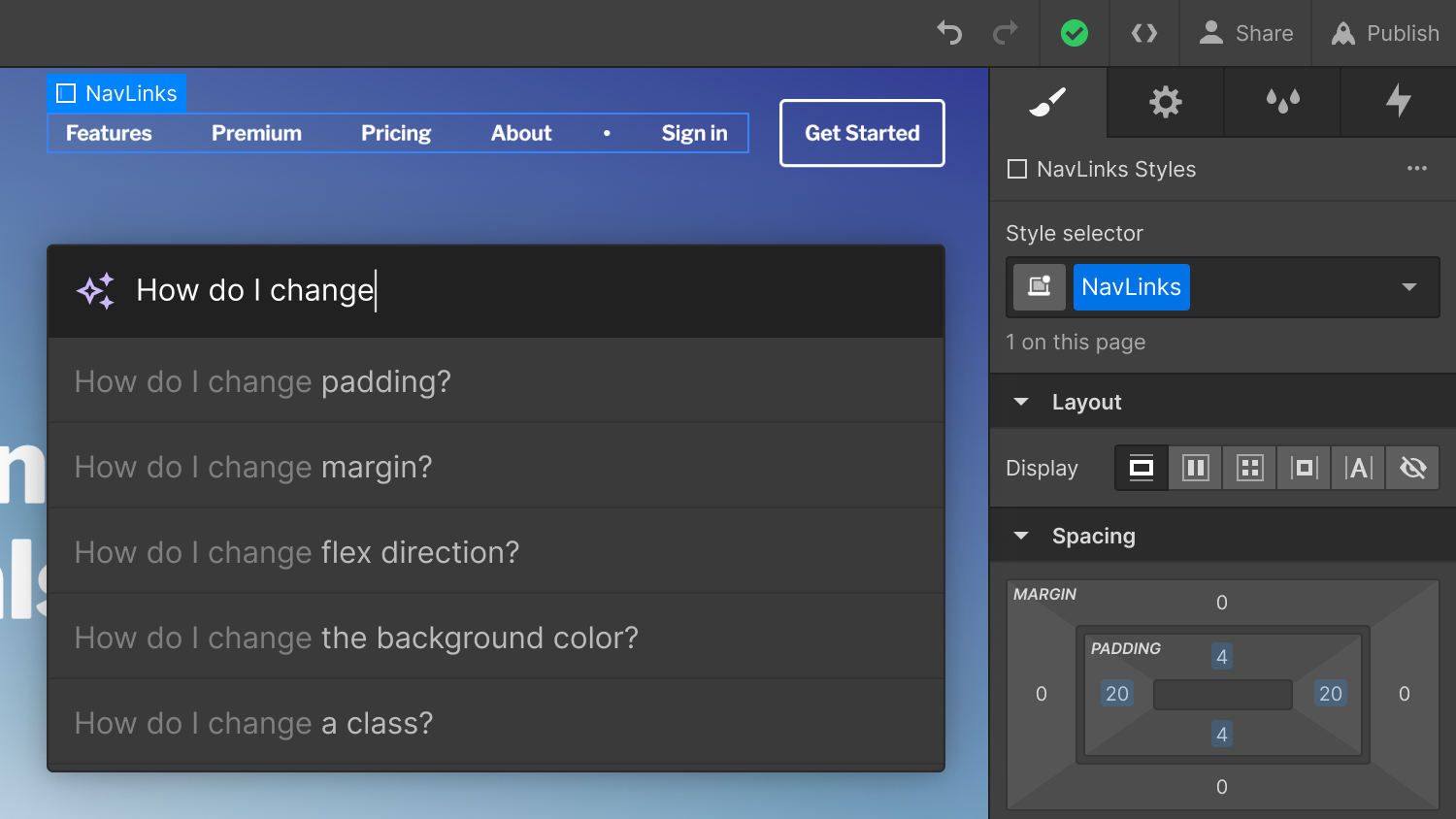
2. AI-Powered Personalization
Personalization is key to improving user experience, and AI with Webflow can take personalization to the next level. Integrating AI with Webflow can create websites that dynamically adapt to individual users based on their behaviors, preferences, and past interactions. By leveraging data such as user demographics, browsing history, and click patterns, AI can display personalized content, recommendations, and even adjust website design elements to suit the user’s needs.
3. AI-Driven Content Optimization
Another key area where integrating AI with Webflow can prove invaluable is in content optimization. AI-powered tools can analyze how users interact with content, identify which parts of a webpage are most engaging, and provide insights into how to improve content for maximum impact.
4. Streamlined Workflow and Productivity
AI can automate repetitive tasks such as SEO optimization, content categorization, and image tagging. Webflow users can leverage AI tools to quickly optimize web pages for search engines by analyzing keywords, metadata, and on-page content. This eliminates the need for manual adjustments, freeing up valuable time for creative and strategic tasks.
5. A/B Testing Automation
A/B testing remains one of the most effective methods for improving website performance over time; however, manual testing processes often consume valuable time and resources. With AI in Webflow, this process can be automated. Webflow AI can power A/B testing by automatically identifying the best-performing variations of website elements, leading to continuous improvement. AI can simulate user interactions and test how the website performs across different platforms, helping to identify bugs and performance issues quickly.
FAQs
Are Webflow templates free?
Webflow offers limited free templates in its marketplace, but premium templates cost $24-$79. Free templates have basic designs suitable for learning. Paid templates offer advanced interactions, CMS integration, and professional designs. Many third-party designers sell templates ranging from $50-$200+. Consider templates as time-saving investments rather than costs, especially for client projects.
What are Webflow websites?
Webflow websites are responsive, professional sites built using Webflow’s visual design platform. They feature clean code, fast loading speeds, built-in SEO optimization, and responsive design. Sites can include static pages, dynamic CMS content, e-commerce functionality, and custom interactions. Popular for portfolios, business sites, landing pages, and marketing websites requiring custom design without coding.
What are Webflow components?
Webflow components are reusable design elements that maintain consistency across projects. Create buttons, cards, navigation menus, or entire sections as components. Update the master component to automatically update all instances. Components speed up design workflow, ensure consistency, and simplify maintenance. They’re essential for design systems and team collaboration.
What are Webflow projects?
Webflow projects are individual websites within your Webflow account. Each project contains pages, CMS collections, assets, and design elements for one website. Projects can be published to Webflow hosting or exported as code. Different hosting plans support varying numbers of projects. Think of projects as separate website folders within your Webflow workspace.
Conclusion
Integrating AI with Webflow represents the future of intelligent web development. By leveraging artificial intelligence tools and automation, designers and developers can create more efficient workflows, generate better content, and deliver superior user experiences. The key to successful AI integration lies in strategic implementation, continuous optimization, and maintaining the balance between automation and human creativity.
As AI technology continues to evolve, Webflow users who embrace these integrations early will gain significant competitive advantages in speed, efficiency, and website performance. Start with native Webflow AI features, gradually incorporate third-party tools, and build toward comprehensive AI-powered web development workflows.
